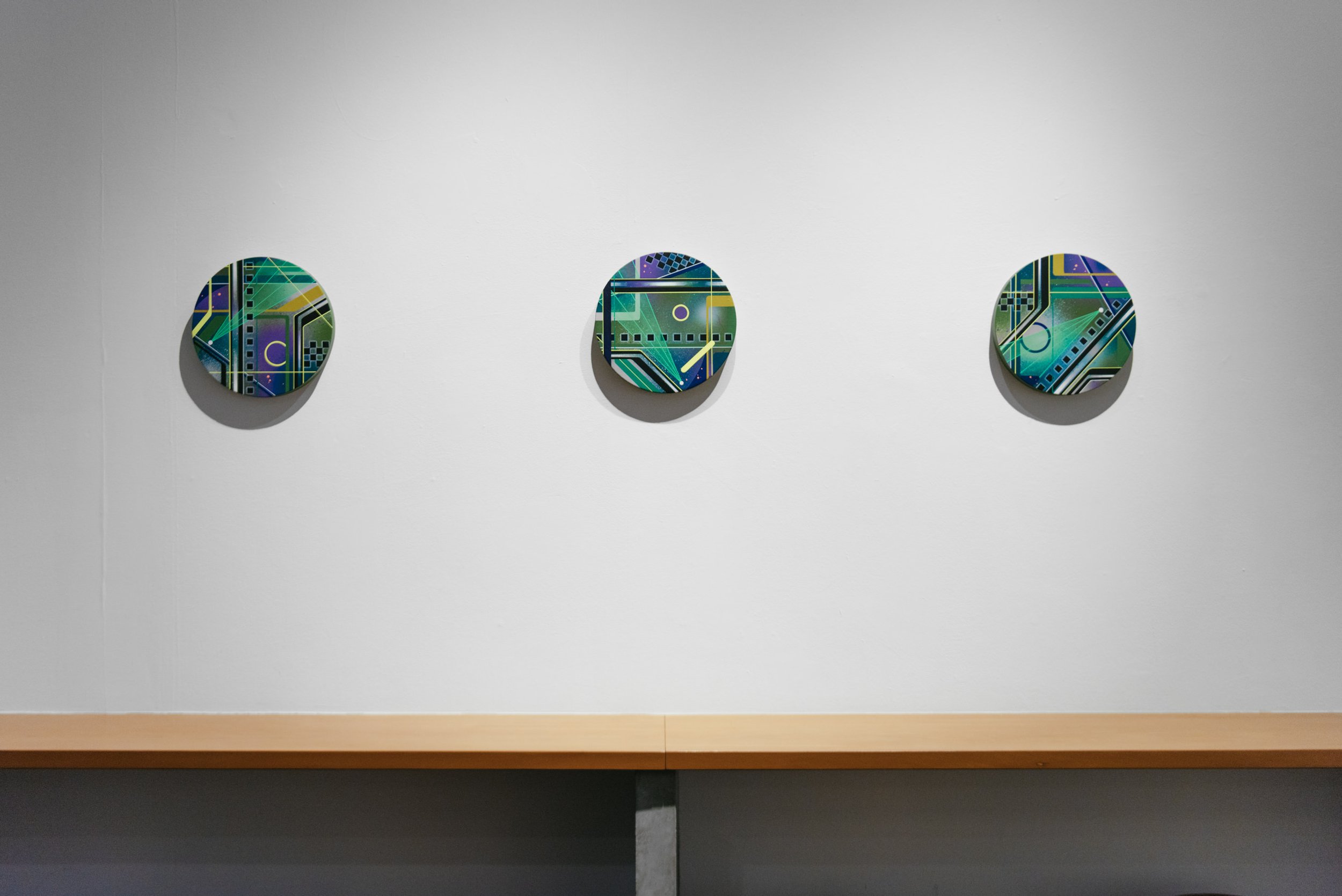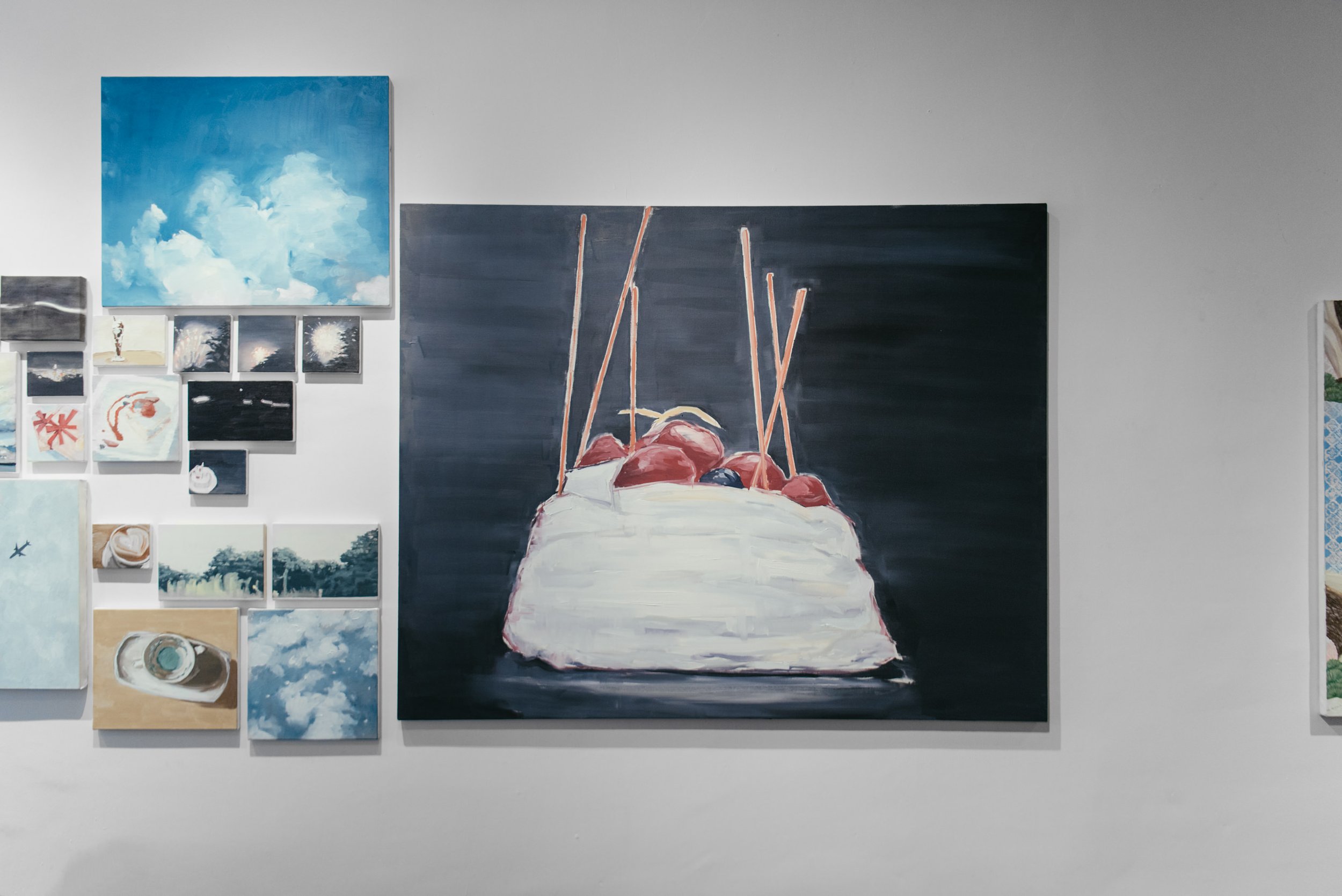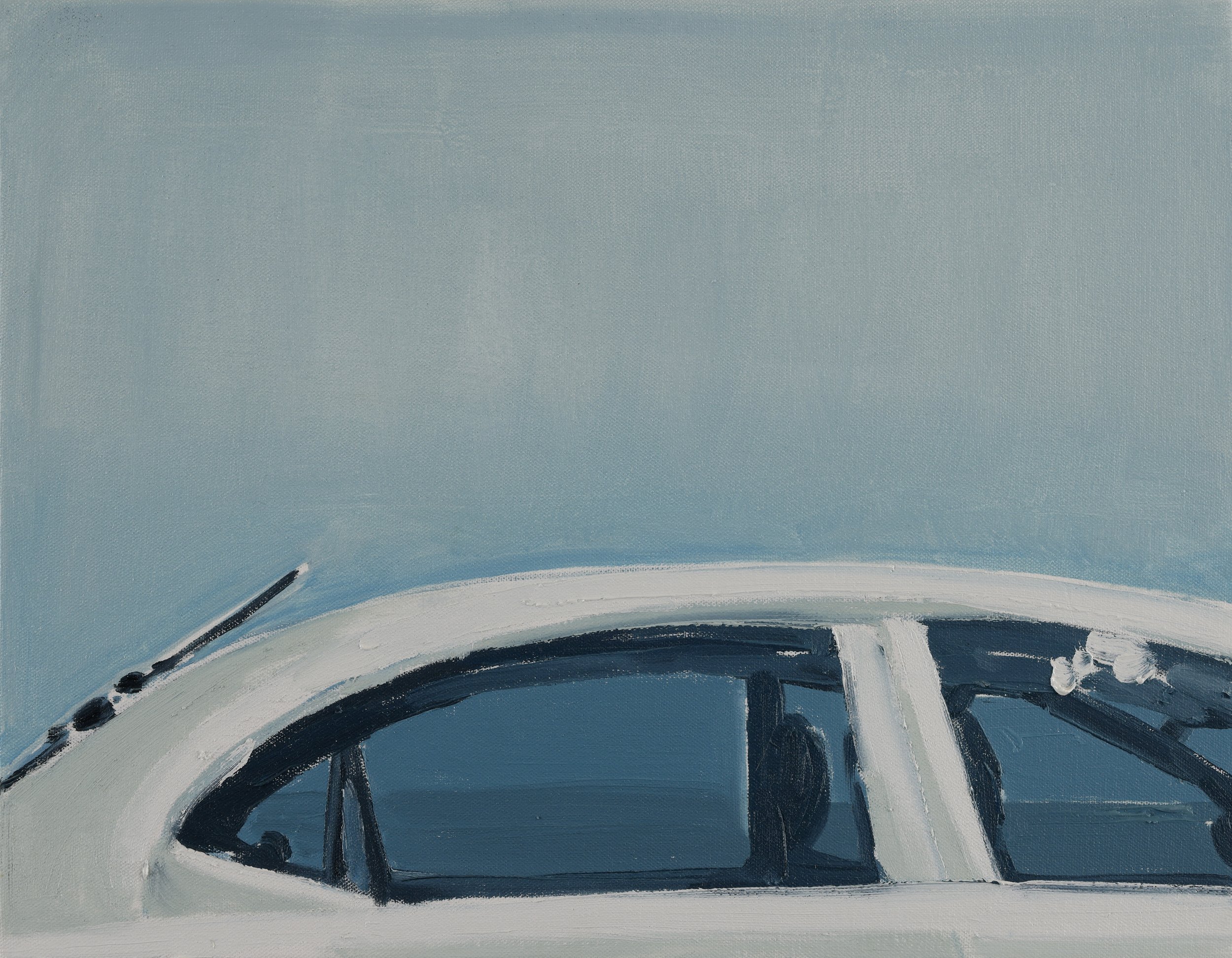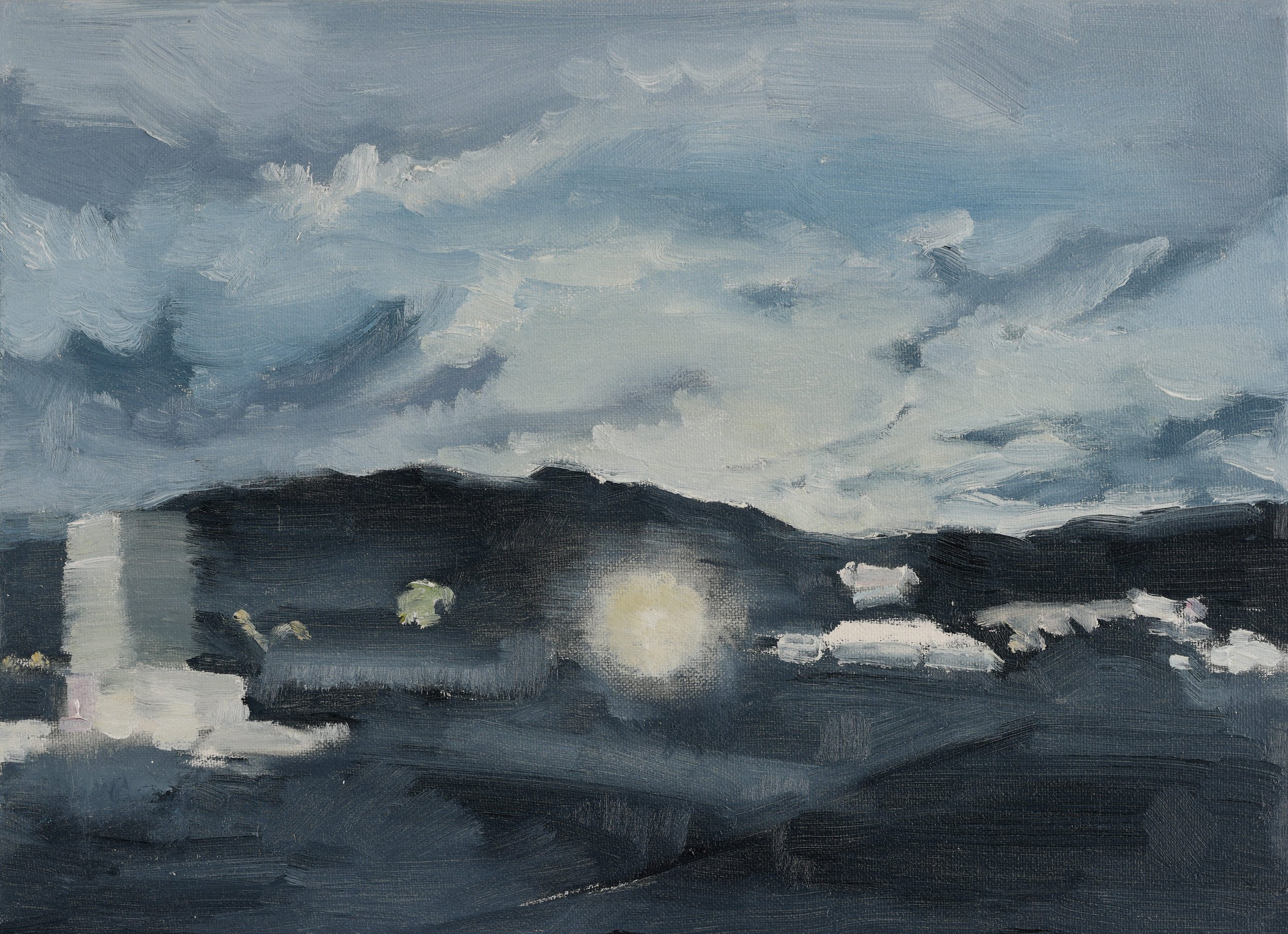HOME > EXHIBITIONS > DYSTOPIA / UTOPIA
TOP | EXHIBITION VIEW | MOTOKO OTSUKI | MARIKO FUJIMOTO | TSUKASA KANAWA
Motoko Otsuki
Mariko Fujimoto
Tsukasa Kanawa
Dystopia/Utopia
July 21st - August 29th, 2021
Opening Reception:
Friday, September 23rd, 6-8pm
There’s a common thread running through the three artists in this exhibition, and it goes beyond the fact that they are all Japanese nationals living and working in New York City. They are also each employed as assistants in the studio of the artist Tomokazu Matsuyama. Matsuyama was born in Japan in 1976. He has lived and worked in New York City. His works are in the permanent collections of LACMA; the Asian Art Museum, San Francisco; the Bank of Sharjah Collection, Dubai; the Microsoft Collection; and more.
An astute reader of visuals and intentions, Matsuyama chose each of the three artists in Dystopia/Utopia as being emblematic of their own discrete thematic focus. Motoko Otsuki represents nostalgia, Mariko Fujimoto represents fantasy, and Tsukasa Kanawa represents the future. Taking in the work all at once, we can see that there is a compelling narrative running through the aesthetic languages of each artist.
But Matsuyama also identified the larger theme that arcs across the entire exhibition: The friction we find between utopian ideals and harbingers of dystopia. In their own distinct ways, thinking about and creating art around ideas of nostalgia, fantasy, and the future can be seen to represent different varieties of optimism, an essential ingredient in the creation of a utopia. And today, as various dystopian scenarios keep creeping into our reality, art might respond equally in radical anger and hopeful imaginings.
EXHIBITION VIEW














Motoko Otsuki
Move Slowly (14-15)
2020 Oil on canvas
12.5 x 16 inches (31.8 x 41 cm)
Untitled
2020 Oil on canvas
12.5 x 16 inches (31.8 x 41 cm)
Catch Something on the Edge of Passing Scenery
2015 Oil on canvas
28.6 x 35.8 inches (72.7 x 91 cm)
Night (15-15)
2015 Oil on canvas
9.5 x 13 inches (24.2 x 33.3 cm)
Night (02-15)
2015 Oil on canvas
9.5 x 13 inches (24.2 x 33.3 cm)
Party (01-21)
2021 Oil on canvas
64 x 80 inches (162.6 x 203 cm)
Top: Sight (06-14)
2014 Oil on canvas
5.5 x 7.1 inches (14 x 18 cm)
Bottom: Sight (09-14)
2014 Oil on canvas
5.5 x 7.1 inches (14 x 18 cm)
INTERVIEW
My existence becomes blurry
— An interview with Motoko Otsuki
Are you a nostalgic person?
I don’t believe so. However, I’m aware that my paintings often carry a sense of the nostalgic. To me, the word nostalgia has a connotation of uncertainty and uncomfortableness, and those feelings are part of me. I feel them all the time.
What draws you to a particular subject? Cakes and sundaes, for example.
Cakes and sundaes are often seen at places where people gather to have a good time. But when you step back and observe a party, you’ll see the other side of the scene. There’s an emptiness at parties that’s often covered up by decorations. In that environment, I feel that my existence becomes blurry.
Which painters have been influential on your work?
I was influenced by landscape and still life paintings when I was student. I’m very attracted to the textures oil paints create. I also love the stillness and loneliness in the works of Giorgio Morandi and Edward Hopper.
One of the overarching themes for this show is the idea of utopia. Would you like to live in such a place?
If there were a utopia I would like to visit it—but stay there for only a day.
BIOGRAPHY
Motoko Otsuki
Born 1979 Tokyo, Japan
Lives and works in New York and Tokyo
https://motokootsuki.tumblr.com
@motokootsuki
Motoko Otsuki received her BA and MA from Tokyo Zokei University. Otsuki has had many solo exhibitions, most recently at Gallery M.A.P. in Fukuoka and Nihonbashi Mitsukoshi Main Store in 2019. Her work has been exhibited at Art Fair Tokyo numerous times as well as at fairs in Seoul and Osaka. In 2020, she was a guest lecturer at her alma mater. Next time you’re in Tokyo, you can see a mural by Otsuki at Kamon-ya restaurant in the Yurakucho Underpass Street in the Yurakucho District.
Mariko Fujimoto
No One is Strong
2015 Acrylic and collage on paper
10.7 x 7.5 inches (27.3 x 19 cm)
Forget
2017 Acrylic and mixed media on canvas
12.7 x 15.7 inches (32.4 x 40 cm)
Looking at the Very Distant Sky Right There
2021 Acrylic and crayon on canvas
51 x 63.7 inches (130 x 162 cm)
War of Life and Death
2014 Acrylic and crayon on canvas
21 x 18 inches (53 x 45.5 cm)
Judgment III
2018 Oil on canvas
44 x 57.3 inches (112 x 145.5 cm)
Judgment
2015 Acrylic and pencil on canvas
51 x 63.7 inches (130 x 162 cm)
Early Summer
2015 Acrylic on canvas
36 x 46 inches (91 x 116.7 cm)
INTERVIEW
Fantasy can sometimes save us
— An interview with Mariko Fujimoto
Are you a fan of the fantasy genre?
I’ve read a lot of fantasy and I’ve been influenced by it. I believe that fantasy can sometimes save us.
There are suggestions of fantastical narratives in your work.
I normally have backstories for my paintings. They come to me while I’m working, and I add images based on them. These additional objects and images deliver different impressions to each viewer. My painting is a piece of that powerful chain reaction.
What is your usual painting process?
I start with sketches but instead of tracing them directly to the canvases, I trace them into my notebook. This helps me get more accuracy in sizing. At this stage I also add color. Then I trace the images onto the canvases. It takes a month for bigger works and a week for small ones.
Nature often appears in your work. What is your relationship to the natural world?
I grew up close to nature, and I learned to cherish it. Looking at plants and insects still makes me happy. I often photograph them and use them as images in my paintings. But to me those creatures are not just images—they are life itself.
BIOGRAPHY
Mariko Fujimoto
Born 1991 Tokyo, Japan
Lives and works in New York and Tokyo
Mariko Fujimoto is a graduate of the Department of Oil Painting, Tama Art University, Tokyo. In addition to two solo exhibitions at Nanjo House and Musee Ginza in Tokyo, she has shown her work in numerous group shows across Japan. Fujimoto re-ceived the FACE Sompo Japan Nipponkoa Art Award in 2020. In 2015, Fujimoto received a residency from the Mixed Bathing World Triennale at the Beppu Contemporary Art Festival in Beppu, Japan.
Tsukasa Kanawa
Brighting Our Futures (Yellow ver.)
2021 Acrylic on canvas
72 x 72 inches (183 x 183 cm)
Brighting Our Futures (Red ver.)
2021 Acrylic on canvas
72 x 72 inches (183 x 183 cm)
Brighting Our Futures (Blue ver.)
2021 Acrylic on canvas
72 x 72 inches (183 x 183 cm)
Mirror Dance #1
2021 Acrylic on canvas
12 inch diameter (30.5 cm diameter)
Mirror Dance #2
2021 Acrylic on canvas
12 inch diameter (30.5 cm diameter)
Mirror Dance #3
2021 Acrylic on canvas
12 inch diameter (30.5 cm diameter)
INTERVIEW
Music urged me to move ahead
— An interview with Tsukasa Kanawa
There’s an interesting vocabulary of repeated shapes in your work.
I use geometric forms and structural compositions to express the light and sound that we see and hear in dance clubs. The circles in my paintings stand for spotlights or DJ equipment. I also use patterns of checks to represent the reflective pieces on the surface of a mirror ball.
Your work was chosen to speak to the theme of the future in this exhibition. Are you optimistic or pessimistic about times to come?
I’m absolutely optimistic about the future because I believe music can make people feel positive and happy. Music urged me to move ahead when I’ve occasionally lost my way.
Which genres of music appeal to you the most?
I listen to all genres. Rap, R&B, hardcore, punk, dub, reggae, jazz, ambient… But when I’m painting, I listen mostly to house and techno music, which give me the inspiration for improvised images.
How did you choose to use spray paint in your work?
I was a graffiti artist when I was in my teens in Japan, so I use the tools that I used on the streets back then for my paintings today.
BIOGRAPHY
Tsukasa Kanawa
Born 1986 Aichi, Japan
Lives and works in Brooklyn
Tsukasa Kanawa’s first artistic endeavors were in the world of graffiti when he was 15. He subsequently attended Kougei High School of Nagoya with a major in Art and Design. After graduation, he moved to New York and undertook an intern- ship at the Matsuyama Studio, where he has been since 2009. He most recently exhibited his work at Kinfolk 94 in Brooklyn.
Relative Contents
View More
Motoko Otsuki
Mariko Fujimoto
Tsukasa Kanawa
Shop
Dystopia/Utopia
$15.00
Exibitions
Eight Japanese Artists
Eight Japanese Artists
Jan 14 - Feb 6, 2022



























